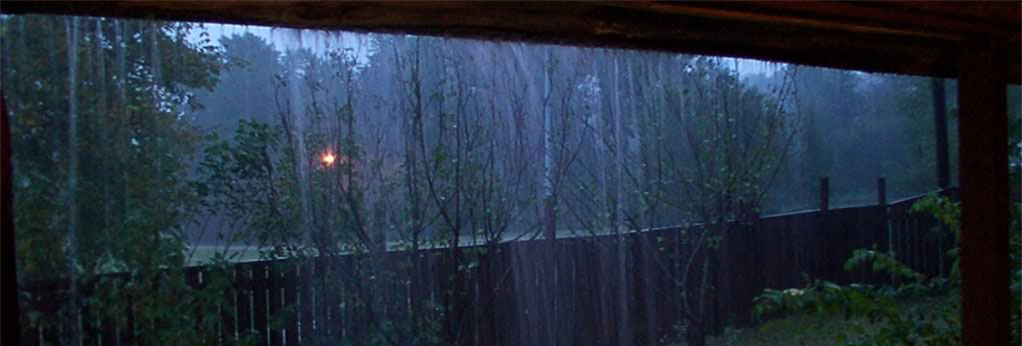Gutters are designed to protect your home from flooding and water damage by transporting rainwater away from your roof and building.
This is important during any rainfall event, but it’s particularly vital during storm season in Australia, when large downpours test the limits of your gutters and downpipes.
Although functioning gutters protect your home, overflowing gutters are one of the top four reasons water enters homes during storms. This flooding or water seepage can damage your home’s ceilings, walls, floors and even foundations (not to mention your possessions), leading in turn to hefty repair bills, insurance claim hassles and time-consuming clean ups. It can also affect your home’s health due to damp and mould.
Why do gutters overflow?
Shoddy design or installation can certainly cause gutter overflows, but in most cases, clogged gutters are the culprit.
Leaves (and sticks, feathers, gumnuts and other debris) can all clog your gutters, impeding or entirely preventing the flow of rainwater.
When this rainwater can’t travel along your gutters and through your downpipes, it goes elsewhere, seeping into your roof, overflowing onto your deck, or flowing into downstairs rooms and basements to cause water and flood damage at the points of least resistance.
How can you prevent flooding?
Because clogged gutters are often responsible for gutter overflow, preventing clogged gutters is one of the best ways to prevent flood damage to your home during storms and heavy rainfall events.
To prevent clogging, you must keep leaves and other debris out of your gutters. Many people presume that the best way to do this is to regularly clean your gutters. However, the financial costs of professional gutter cleaning quickly add up, while the hidden costs of DIY gutter cleaning can be even more serious.
That’s why a better solution is to install the appropriate-sized gutter mesh over your gutters.
A superior alternative to gutter cleaning
Over-the-gutter gutter mesh is designed to prevent clogged gutters and minimise your home’s flooding risk.
It does this by forming a physical barrier over your gutters that lets rainwater in and keeps leaves and other debris out.
Because it works long-term with minimal maintenance, gutter mesh is a superior alternative to gutter cleaning. Not only do the cost savings quickly add up, it also saves you from many of the dangers of DIY gutter maintenance. However, if you want to enjoy these advantages, it’s important that you choose the optimal gutter mesh to protect against the leaves in your environment.
Choosing the right gutter mesh
Leaves come in different shapes and sizes, from jacaranda and gum leaves to massive palm fronds, and everything in between. Gutter mesh also comes in different sizes, meaning there’s no one-size-fits-all solution. As such, leaf size is a key consideration when selecting the appropriate gutter mesh for your home.
Mesh with a 5.4mm aperture (hole size), for example, is quite adequate for keeping larger leaves from trees such as brush box or magnolia out of your gutters. However, it’s unlikely to keep out all the small leaves from a heath banksia.
Because of this, we recommend you use our handy Mesh Matcher tool when selecting gutter mesh for your home.
Mesh Matcher helps you determine which types of gutter mesh are best suited to preventing clogged gutters – and flooding – around your home based on the leaves in your environment. It also considers other factors including your bushfire risk in order to suggest the optimal mesh for you.
Mesh Matcher is easy to use, so why not get started now?
